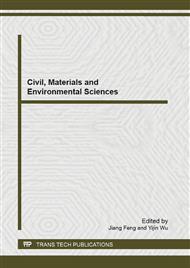p.8
p.13
p.19
p.24
p.30
p.34
p.40
p.46
p.51
Implementation of Low Impact Development Concept for New Town Construction in the Republic of Korea
Abstract:
New approach in stormwater management is urgent to address those water related problems and supplement the limitations of existed water management system. It should have functions to restore water and heat cycles in urban areas, that is, to restore hydrological cycle by promoting infiltration and evaporation, to secure water resources, to alleviate heat island phenomena, to prevent urban flood, and to conserve and restore the ecosystem. LID practices are one of prominent measures to mitigate the impacts of development and urbanization. It is important to have a LID approach in the step of site development planning. LID facilities could be categorized as flow control devices, detention, retention, vegetated filtration, infiltration and treatment. LID emphasizes local, decentralized solutions that capitalize on the beneficial services that natural ecosystem functions can provide. LID also focuses on controlling urban runoff and pollution right at the source, rather than at the end of the storm drain outlet. Since there are many different aspects of LID approach, the policy to promote or regulate LID should consider water, energy and ecology conservation.
Info:
Periodical:
Pages:
30-33
Citation:
Online since:
August 2013
Authors:
Price:
Сopyright:
© 2013 Trans Tech Publications Ltd. All Rights Reserved
Share:
Citation:


